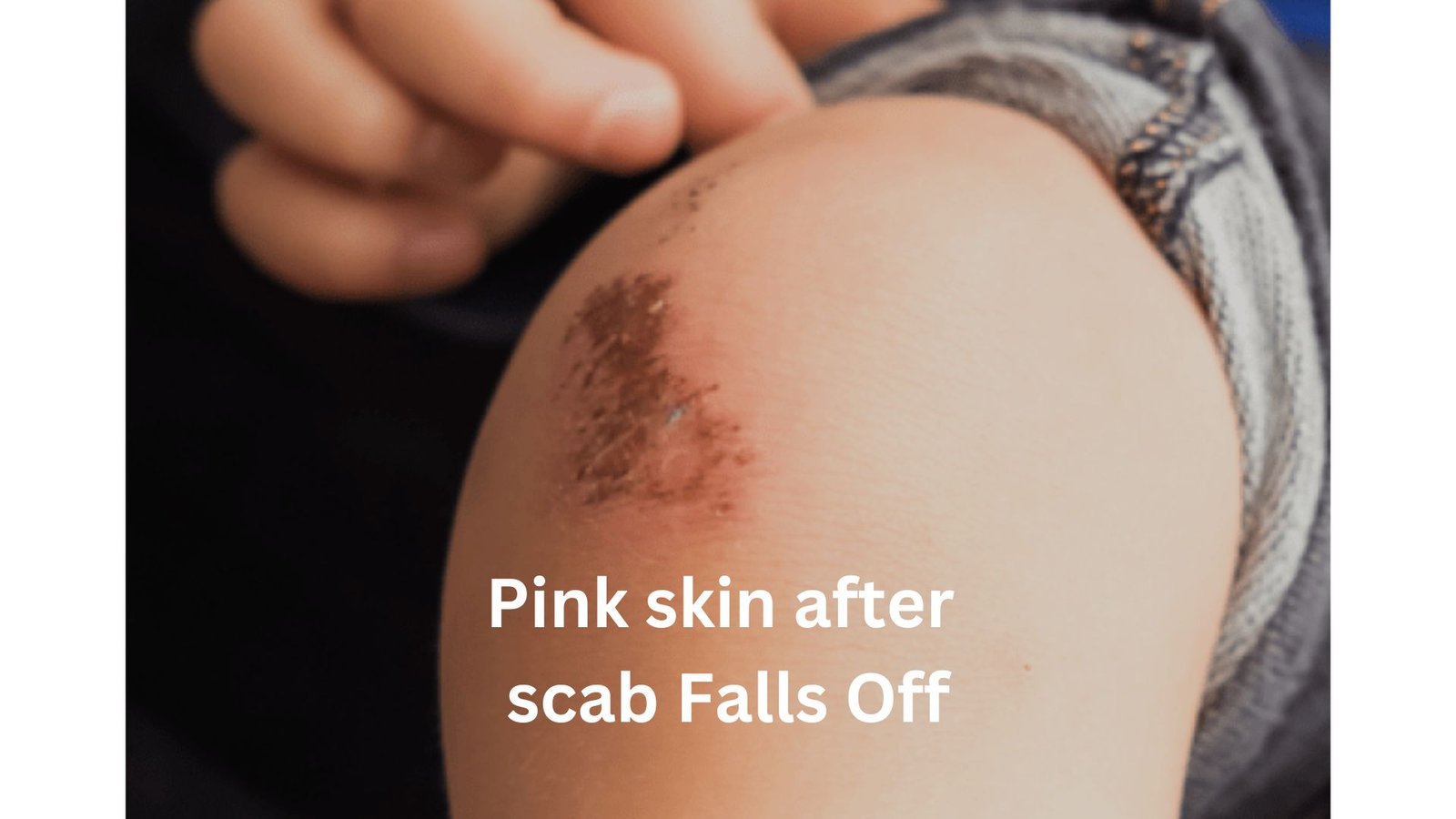Introduction
Are you dealing with pink skin after a scab has healed? While it’s a natural part of the healing process, you may be eager to speed up the return to your skin’s natural color. Fortunately, there are several home remedies you can try to help fade pink skin and promote a more even complexion. In this blog post, we’ll explore effective home remedies for pink skin after a scab, focusing on optimizing your skin’s recovery.
Understanding Pink Skin After a Scab
When a scab falls off, the skin underneath may appear pink or reddish. This pink hue is a sign of new skin growth and typically fades over time as the skin fully regenerates. However, if you’re looking to expedite the process, home remedies can help.
Home Remedies for Pink Skin
- Aloe Vera: Known for its soothing properties, aloe vera can help reduce redness and inflammation. Apply fresh aloe vera gel directly to the pink skin and leave it on for 20-30 minutes before rinsing off with lukewarm water.
- Coconut Oil: Coconut oil is rich in moisturizing fatty acids and antioxidants that can help nourish the skin. Massage coconut oil onto the affected area twice daily to keep the skin hydrated and promote healing.
- Cucumber: Cucumber has cooling and hydrating properties that can help soothe pink skin. Blend cucumber into a paste and apply it to the affected area for 15-20 minutes before rinsing off with water. There are many Other benefits of Cucumber for Health.
- Honey: Honey is a natural humectant with antibacterial and anti-inflammatory properties. Apply a thin layer of honey to the pink skin and leave it on for 15-20 minutes before rinsing off with warm water.
- Oatmeal Bath: Oatmeal can help soothe irritated skin and reduce redness. Add colloidal oatmeal to a warm bath and soak for 15-20 minutes to help calm pink skin all over the body.
- Green Tea: Green tea contains antioxidants that can help reduce inflammation and promote skin healing. Brew green tea, allow it to cool, then apply it to the pink skin using a cotton ball or cloth.
- Vitamin E Oil: Vitamin E oil is known for its skin-nourishing properties and can help fade pink skin over time. Apply a small amount of vitamin E oil to the affected area and massage gently until absorbed.
Tips for Using Home Remedies
- Patch test any new home remedy on a small area of skin to check for sensitivity or allergic reactions.
- Consistency is key. Incorporate your chosen home remedy into your skincare routine daily for best results.
- Be patient. It may take several weeks to see noticeable improvement in the appearance of pink skin.
Conclusion
Dealing with pink skin after a scab can be frustrating, but with the right home remedies and consistent care, you can help fade the pink hue and promote healthy skin regeneration. Remember to be gentle with your skin and listen to its needs as you embark on your journey to restore your skin’s natural color.
Faq related to "Home remedies for pink skin after scab"
Yes, most of the home remedies mentioned in this blog are safe for all skin types. However, it’s essential to perform a patch test before applying any new remedy to a larger area to check for sensitivity or allergic reactions.
Results may vary depending on individual skin type and the severity of the pink skin. Consistency is key, so continue using your chosen home remedy daily for several weeks to see noticeable improvement in the skin’s appearance.
While it’s generally safe to use multiple home remedies, it’s best to start with one remedy at a time to monitor its effects on your skin. If you choose to combine remedies, be mindful of any potential interactions and discontinue use if any irritation occurs.
Yes, most of the home remedies mentioned in this blog can be used on the face. However, be cautious when trying new remedies on the face, as facial skin may be more sensitive than skin on other parts of the body.
For optimal results, use your chosen home remedy daily or as directed. Consistency is key to seeing improvement in the appearance of pink skin after a scab.
Side effects are rare, but some individuals may experience irritation or allergic reactions to certain ingredients. Perform a patch test before using any new remedy, and discontinue use if you experience any adverse effects.
It’s best to avoid applying home remedies directly to open wounds or active acne, as this may cause further irritation or infection. Instead, focus on keeping the affected area clean and protected while it heals naturally.
Give each home remedy an ample amount of time to work before trying another. If you don’t see improvement after several weeks of consistent use, consider consulting a dermatologist for further evaluation and treatment options.
Yes, you can use these home remedies alongside other skincare products. However, be mindful of potential interactions and avoid combining ingredients that may cause irritation or sensitization.
If you have any underlying skin conditions or concerns about using home remedies, it’s always a good idea to consult a dermatologist or healthcare professional before starting any new skincare regimen. They can provide personalized advice and recommendations based on your individual needs.










